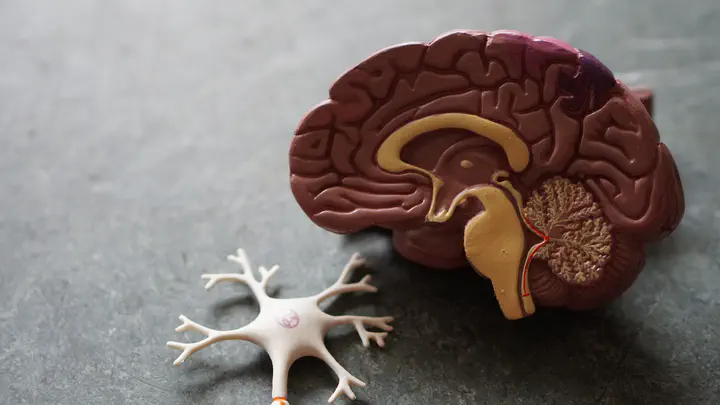Clinical Applications of NeuroScience
 Photo by Robina Weermeijer on Unsplash
Photo by Robina Weermeijer on Unsplash
Language is the capacity that allows us to communicate with those around us. This project aims to study the neurological foundations of language by analyzing electroencephalogram (EEG) recordings obtained through invasive methods in patients with refractory epilepsy, addressing two existing clinical challenges.
Firstly, the project seeks to identify the brain regions involved in language production and comprehension in order to preserve them during brain surgery interventions. To achieve this, a series of tasks will be developed to assess the necessary skills for language production and comprehension, ranging from basic units such as letters or phonemes to the production and comprehension of complex sentences. While previous studies have predominantly used simple analyses based on evoked potentials or spatial frequency to determine the location of language areas in the brain, this project introduces a novel approach utilizing statistical pattern recognition analyses. These analyses have proven to be more sensitive than classical methods, as they go beyond comparing activation or power within a specific frequency band and instead indicate how information is represented across different electrodes and at different temporal moments. The data derived from these tasks will be represented in a brain map, highlighting the electrodes with the greatest differences between experimental conditions for the different cognitive processes of interest. Additionally, diffusion tensor imaging will be employed to trace the white matter fascicles of each patient, indicating which white matter fascicle is located in proximity to the most important language areas on the map.
Secondly, building on the knowledge acquired from the first objective, this project aims to develop a neuroprosthetic device to restore speech in individuals who have lost the ability to communicate due to illness or accident, yet still retain intact cognition. Exploiting the fact that it is possible to record brain activity in language-related brain areas during the production of imagined speech, defined as the silent thinking process without sound or articulatory movements, algorithms will be developed to decode imagined speech using state-of-the-art deep learning techniques. While previous studies in the field focused solely on decoding vowels or isolated words, this project aims to make significant advancements in understanding the neurological foundations and decoding of more complex aspects, such as complex sentence decoding and prosody.
In addition to its clinical application, the research results will contribute to advancing the fundamental understanding of the neural networks that underlie language production and comprehension. This will be achieved through the use of cutting-edge analysis techniques, benefitting from the exceptional spatial and temporal resolution provided by invasive EEG recordings with deep electrodes.